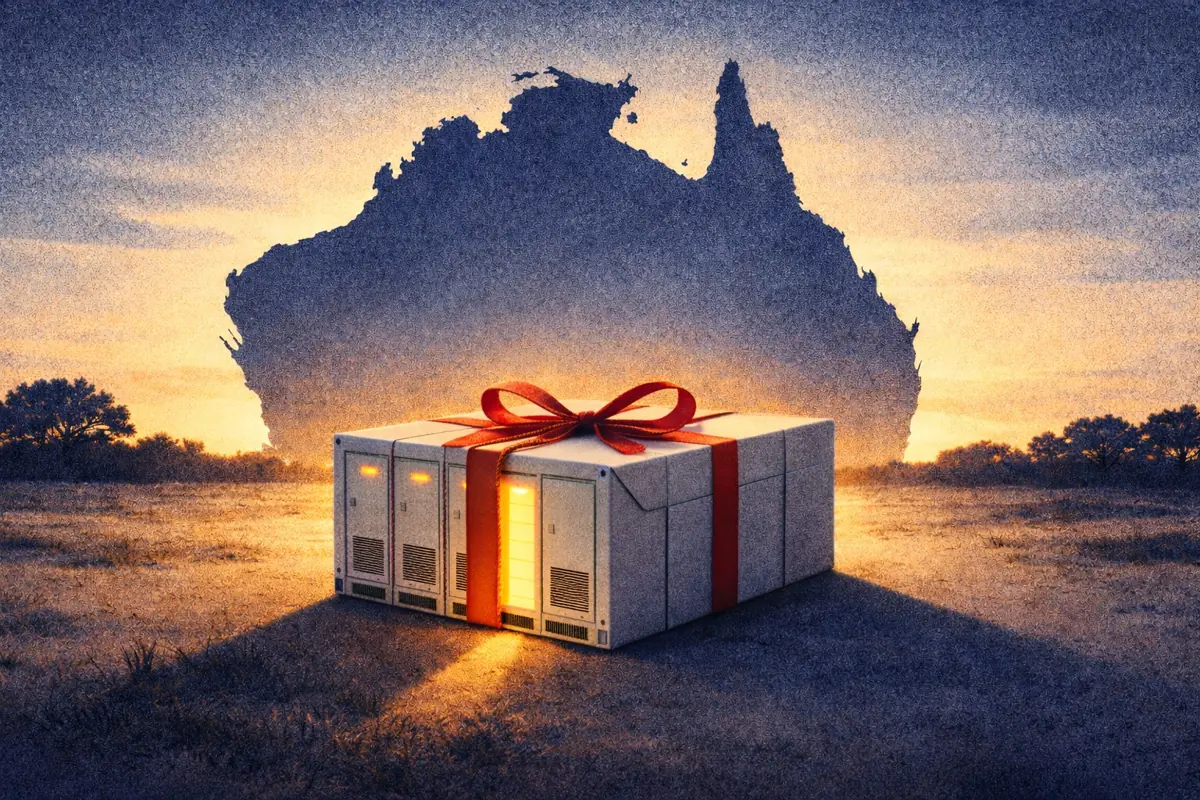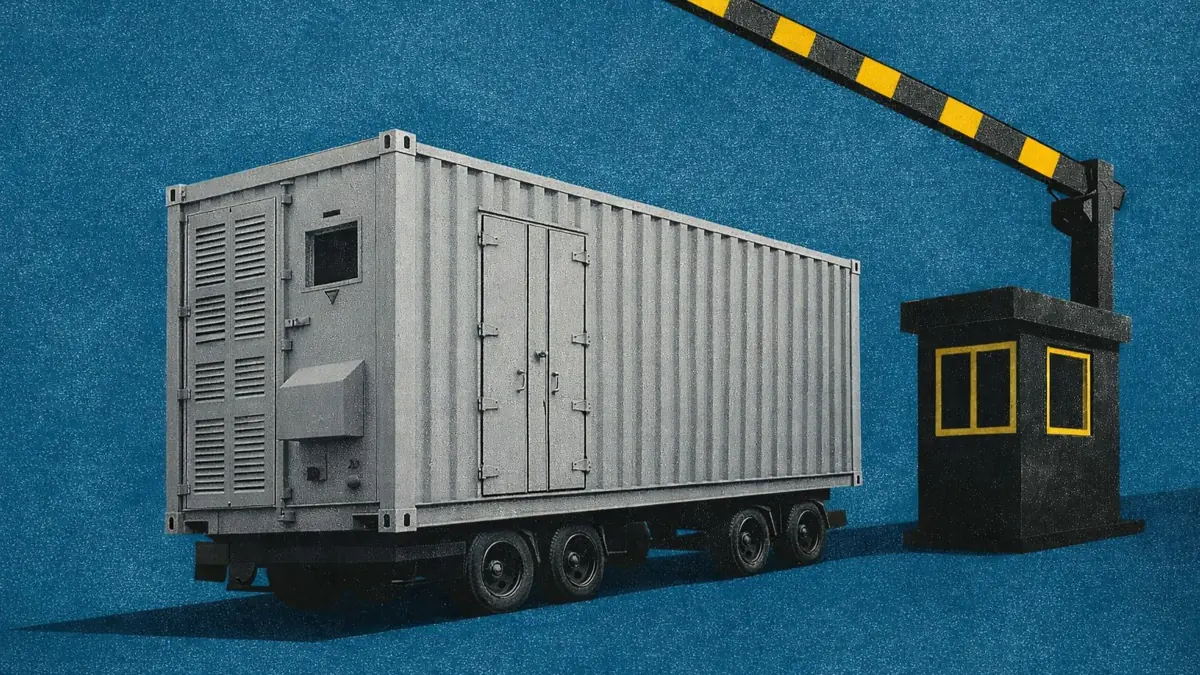Winter outlook 2024/25: How far can BESS revenues increase?
Winter outlook 2024/25: How far can BESS revenues increase?
Executive Summary
- NESO’s Winter Outlook 2024/25 forecasts a 9% increase in daily surplus generation, with peak surplus expected in early November.
- Wholesale price spreads are projected to be over 60% higher than last winter, driven by higher gas prices and increased reliance on wind generation.
- Battery revenues could rise by £17k/MW/year.
Subscribers to Modo Energy’s Research will also find out:
- How interconnector expansion and nuclear retirements will shape market conditions this winter.
- Why wholesale price volatility could be greater than forecast if unexpected supply constraints emerge.
- The impact of electric vehicle charging behavior on demand and peak pricing throughout winter 2024/25.
To get full access to Modo Energy’s Research, book a call with a member of the team today.
Introduction
NESO has released its winter outlook for winter 2024/25. The outlook provides NESO’s expectation of how much generating capacity and demand are expected on the grid between November 2024 and March 2025. Back in June, NESO released the Early Winter Outlook for 2024/25 and a review of winter 2023/24.
Winter 2023/24 saw record-low battery revenues following low price volatility in the wholesale markets. With supply margin expected to be similar in 2024/25, what does this mean for batteries?
Already a subscriber?
Log in







